by Lesley T. Hoey, D.P.T., C.Y.T.
“One day I realized it was time to give up my identity as someone “with a bad back”, and that, in fact, I had achieved a “better-than-ever” recovery from the motorcycle accident.”
“Your body is the harp of your soul. It is yours to bring forth sweet music from it or confused sounds. — Khalil Gibran
Little did I suspect a joy ride with my boyfriend on his motorcycle would teach me so much about myself and, ultimately, lead me to my life’s passion and purpose of coaching others about how they can feel better too.
On a beautiful Friday evening of Labor Day weekend in 1987 we were cruising slowly through the Old Port in Portland, Maine taking in the nightlife. As we approached an intersection, I saw the car to our right slowly creeping through the stop sign to check for oncoming traffic. The last thing I remember as I felt myself tipping backwards off the bike was thinking, “I can’t believe I’m not flying through the air.” As motorcycle accidents go, it could have been far worse.
At the time of the accident I was in my mid 20s, a dancer, healthy, fit, athletic. My body could pretty much do whatever I asked of it.
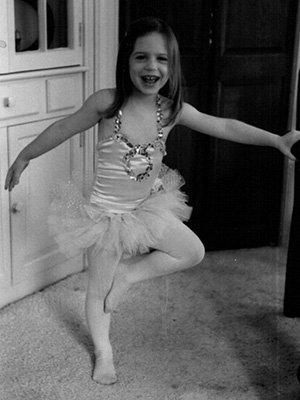
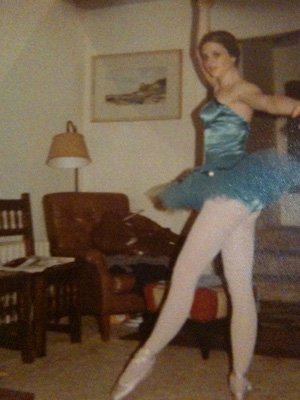
After the accident, living with constant pain changed my personality and the way I lived. Working and accomplishing routine daily tasks was hampered by pain, weakness, and stiffness. Lying down didn’t bring relief—only a change in the way I hurt.
I felt so debilitated. It was frustrating and demoralizing. I had no idea how to find relief.
My personal injury lawyer steered me toward conventional medical treatment rather than the alternative practitioners I wanted to see. Back then complementary medicine was not as mainstream and appreciated as it is today.
I saw two doctors for quite a while without much improvement. Eventually, each told me there was nothing else they could do for me. “You can expect to have degenerative arthritis of the spine around age 40.” My immediate response inside my head was, “Bullshit!”
In that moment, hearing the conviction of my inner voice, I knew I could get better.
Eventually I heard about a manual bodyworker, Charles. He helped me begin to understand and accept the sensations I labeled as “pain” were generated by accumulated tension and congestion stored in my body.
I was also beginning to understand that how I felt emotionally played as big a part in feeling pain, perhaps even more than my injured soft tissue. I had an epiphany when I realized that rather than betraying me, my body was valiantly trying to keep up with the demands I was placing on it. I distinctly remember the physical feeling of elation accompanying that breakthrough.
Accepting that I might have to live with pain for the rest of my life, oddly enough, helped me to let go of focusing on my pain so intently.
I decided that any small bit of progress I made was cause for celebration. This proved to be an effective strategy to promote healing. I started making different choices and got different, more satisfying results. I was starting to figure out—and appreciate—that healing took courage, grit, fortitude and bold choices.
One day, while hanging out with friends one of them raved about her yoga teacher, Elaine McGillicuddy, who founded Portland Yoga Studio (PYS) in Portland, Maine along with her husband, Francis.
My first class with Elaine at PYS blew my mind. Despite my previous yoga experiences, extensive dance training, and a degree in Health Fitness, no teacher had ever asked me to notice how I used my body to accomplish any given task.
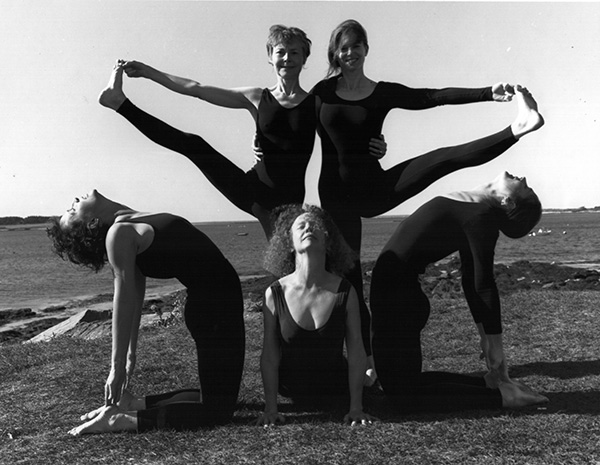
Elaine McGillicuddy and Lesley Hoey in the back standing with Portland Yoga Studio teachers
In this case, it was standing, “simply” standing on two feet in Mountain Pose. By following Elaine’s prompts I was taken into a deeper, experiential awareness of myself. Who knew there was so much to pay attention to and notice about standing on two feet?!
Like many able bodied people, I took standing for granted because I did it every day—even though it caused me pain. It never occurred to me that the way I stood and my alignment could cause me pain.
I was astonished to discover I naturally stood with the weight of my body on the outer edges of my feet. Elaine then specifically instructed the class on how to balance the weight of our bodies evenly over the “four corners” of our feet.
As I followed her instructions, I started to feel my weight subtly shifting until it felt evenly distributed over my feet. It was an amazing, life changing moment to discover the immediate impact that small, subtle change had on my body. I left the class knowing I had found the path I needed to follow to continue my healing process.
It took me months of practice and repetition to fully understand what it felt like to embody Elaine’s instructions. I discovered I didn’t have the deep core strength to hold myself upright for more than 30 seconds or so before sagging into a slumped posture.
As I became more adept at noticing nuanced and subtle details I started to notice how much I gripped with my back and buttock muscles to find stability. No wonder these areas hurt! I was afraid to let go of gripping my buttocks and pelvic floor muscles because I was fearful of what might fall out.
Mountain Pose taught me that pain could be my ally and my teacher.
I practiced Mountain Pose whenever I stood on my feet for any length of time. I began to notice there were times when I could stand without any pain but I didn’t know how I had made it happen.
One day, while standing in line at the grocery store in Mountain Pose and holding my bags of groceries, I started to sway my ribcage forward and backward. I noticed as I shifted my ribs forward I felt more lower back pain, but when I shifted my ribs backward the pain lessened. Why?!
As I paid closer attention to what happened when I shifted my ribs backward I noticed my lower ribs lifted upward a little bit. It was enough to lengthen and decompress my lower back which relieved my pain. I kept testing this out over the next several days. Consistently, it relieved my lower back pain in standing. Hallelujah!!!!!
Even with my breakthrough in Mountain Pose, I repeatedly hurt myself during my first three years of studying yoga. I practiced what I now refer to as “ego yoga.”
Elaine once said to the class, “Sometimes it is not the yoga that hurts people but the way they practice it.” That got my attention because I knew it applied to me. Rather than listening to and respecting my physical limitations I often disregarded and ignored them.
Once again I was coming face to face with the truth about how debilitated, weak, and vulnerable I was. My self esteem was still very much enmeshed with my physical performance. Warrior II, Extended Side Angle, Reclined Hero’s and Sunbird poses were particularly gruesome. I’d grit my teeth determined not to come out of before Elaine instructed us to. I kept pushing myself to perform at a level of capacity I didn’t have, only hurting myself in the process. I knew I was too impatient and forceful yet, stubbornly, I did not want to accept the truth that the robust version of who I was before the accident no longer existed.
I was three years into studying Iyengar yoga before I was able to fully reckon with the truth of my limitations, which I had been evading since my first experience with yoga. During a weekend workshop with Patricia Walden, she worked us through a sequence leading to a more advanced backbend called Two-Legged-Inverted Staff Pose, I got so angry I had to fight hard not to break down and cry right there during the workshop. I couldn’t even begin to do it. My body wouldn’t bend like that. It hurt too much and I was too weak to sustain even a rudimentary shape of the pose. It made me The only thing that prevented me from having a temper tantrum was my pride: that would have been far more humiliating.
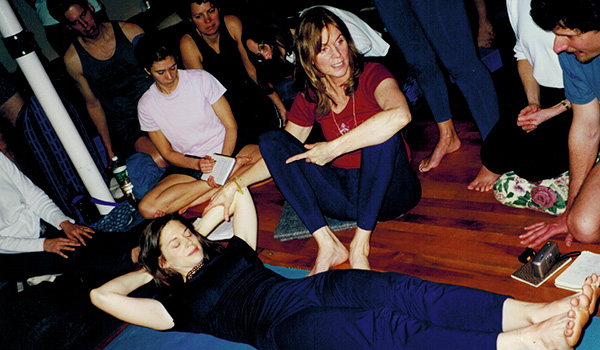
Patricia Walden showing the class details of a pose with Lesley.
I wrangled with my intense emotions as I watched other people in the class progress deeper and deeper into the pose while I felt more and more left behind. As I sat out and watched, I became aware that a part of me was detaching from the situation to the point where I could neutrally observe myself and the strength of my emotional response without trying to judge, analyze, or fix it.
Detaching from my intense emotional state shifted my anger and frustration to curiosity about why I was getting so worked up about a pose I couldn’t do. After the workshop I decided my goal for my home practice would be to learn how to cultivate the strength and flexibility necessary to do the pose while letting go of the need to succeed at it.
This was a pivotal turning point for me physically and emotionally. It was the start of attuning to my needs; respecting and working with my limits rather than being so driven by my ego and results. Grudgingly, I was starting to accept that sometimes I needed emotional healing to occur before for my physical healing could progress.
About nine months after that workshop while taking myself through a rigorous yoga practice I intuitively sensed it was time to try “the backbend” again. While it was a little shaky, not only could I do it, I could do it better than I had expected based on my first experience. A part of me was elated and felt a deep sense of accomplishment that I could “do” the pose. Even more satisfying was the recognition that I was getting better at accepting “what is” over how I wanted or thought it should be.
After the “the backbend” workshop I rarely hurt myself again from straining and willful overexertion. I learned from my teachers and daily practice how to use props for active and restorative poses, which enabled me to continue developing my capabilities while accommodating my limitations.
Curiosity and wise advice from Patricia Walden that “sometimes you have to crawl into a joint with your awareness to sense what is going on in there” enabled me to feel into scary sensations.
Feeling into a sensation I perceived as scary was necessary for me to discern what my body was communicating to me. I discovered the “scary” sensations I felt in my back and legs in Intense Side Stretch Pose were not “bad;” they were just intense sensations of stretch.
Years later I learned those sensations were a normal and healthy response of my nervous system telling me I was nearing the limit of how far my soft tissue could stretch before I might hurt myself. I learned how to modulate, breath, and relax into intense sensations. Yoga poses helped me release the deep soft tissue restrictions that contributed to my chronic back pain enabling me to nudge my body into greater levels of flexibility and strength rather than allow fear to limit what was possible for me.
Practicing restorative yoga was helping me learn how to “let go” emotionally and physically. I discovered a particular way to support myself in Corpse Pose that allowed me to relax so deeply that for ten to twenty minutes I felt no pain when nothing else provided relief. After months of consistent practice, I started to notice layers of physical and emotional tension and trauma melting away at levels of depth I had not previously experienced. When I emerged from a restorative yoga practice I felt completely rejuvenated in a way that was deeper and more satisfying than sleep.
Knowing that I could make myself feel better rather than feeling dependent on someone else to do so was reassuring and exhilarating. More often than not, I felt better when I practiced even if it was only for a short period of time. When pain and stiffness started to return, I took it as a reminder from my body that it was time to stretch again. The more often I heeded the guidance of my body, the better I felt. I could feel I was getting stronger and more flexible and able to handle more demanding physical activity.
Physically, I was starting to do things I couldn’t do before the motorcycle accident such as headstands, arm balances, inversions, and advanced backbends. I was stronger and more flexible than I had ever been. Surprisingly, I was able to return to dancing, my first love, after a 10 year hiatus due to pain.
I became more adept at consistently being able to shift my emotional state of being from anxiety, depression and agitation to one of calm, peaceful, tranquility. I became more adept at cultivating feelings of gratitude for all the blessings in my life as well as the difficulties knowing that they too served me in their own way.
One day I realized it was time to give up my identity as someone “with a bad back”, and that, in fact, I had achieved a “better-than-ever” recovery from the motorcycle accident.
I was in my mid 20’s at the time of the accident now I’m in my late 50’s. I’ve had multiple episodes of pain that I have, for the most part, been able to recover from. But I need to work at it on a daily basis, especially while I still feel strong, supple, and resilient. If I let more than a day or two go by without any exercise I notice it.
I’ve had to adapt my yoga practice and activity level to accommodate my aging body. I can tolerate vigorous exertion but not like I once did. I feel it more, and it takes me longer to recover from over doing it. So be it. I am grateful for my autonomy.
I have worked in hospitals, nursing homes, home care, and outpatient settings as a physical therapist helping people regain or preserve their functional skills. If I start to feel sorry for myself I remember and appreciate that I can stand up, get out of bed, dress, feed, toilet and groom myself without any need of assistance.
Over the three decades since the motorcycle accident the most important lesson I have learned is not to take my health for granted. Every day presents me with opportunities to enhance my health and wellbeing by considering what consequences I want to live with and exercise my power of choice accordingly.
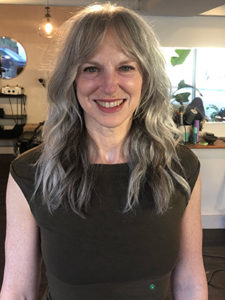 Lesley Hoey, DPT, specializes in orthopedic, pelvic health and cancer physical therapy for women and men in Portland, Maine. She is also certified in Integrative Yoga Therapy. She uses a yoga based approach to help her clients and students understand their symptoms and learn effective self-management skills that become sustainable lifestyle habits. She also presents on pelvic health with Nell Tharpe, MS, CNM, CRNFA, FACNM at her Midwife Camp in East Boothbay, Maine. Learn more about Lesley at www.drlesleyhoey.com.
Lesley Hoey, DPT, specializes in orthopedic, pelvic health and cancer physical therapy for women and men in Portland, Maine. She is also certified in Integrative Yoga Therapy. She uses a yoga based approach to help her clients and students understand their symptoms and learn effective self-management skills that become sustainable lifestyle habits. She also presents on pelvic health with Nell Tharpe, MS, CNM, CRNFA, FACNM at her Midwife Camp in East Boothbay, Maine. Learn more about Lesley at www.drlesleyhoey.com.
Get all four new videos in one bundle:
Dustienne Miller, a board certified women’s health physical therapist and Kripalu-trained yoga teacher, guides you through slow, mindful movements that work to calm anxiety, increase flexibility, and manage pain.
This easy-to-follow, stress-relieving home practice serves as a holistic adjunct to traditional medical approaches.
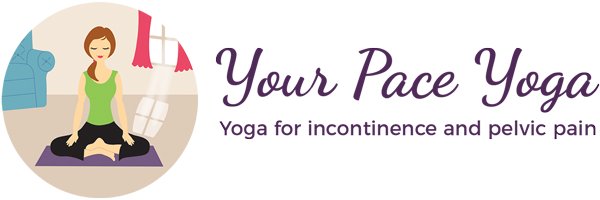
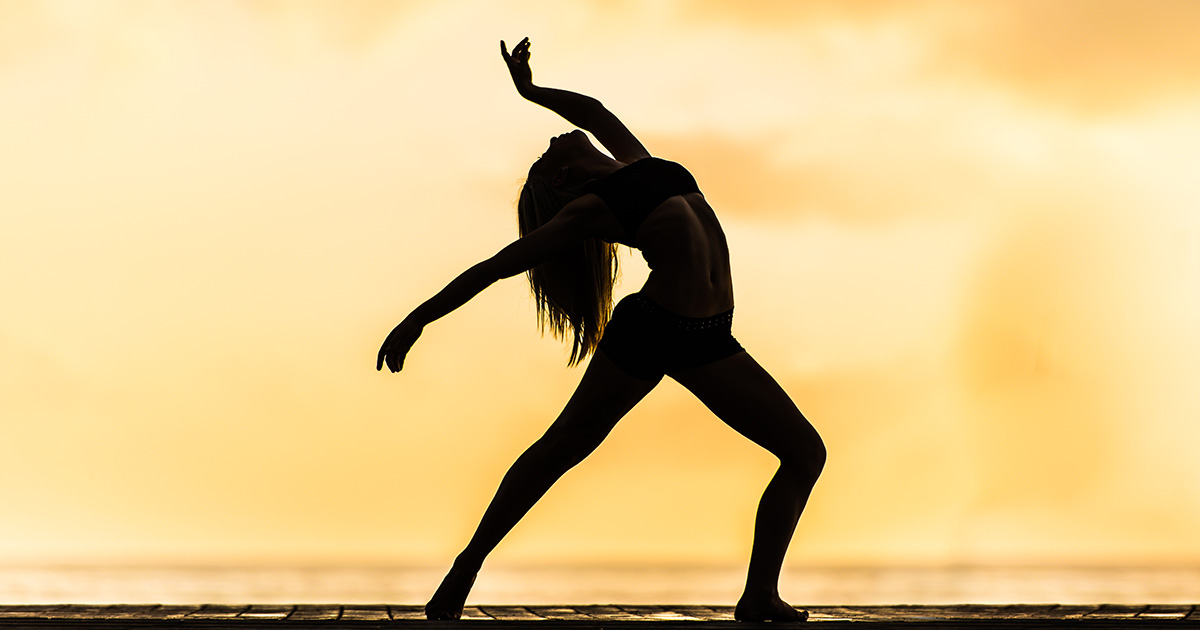
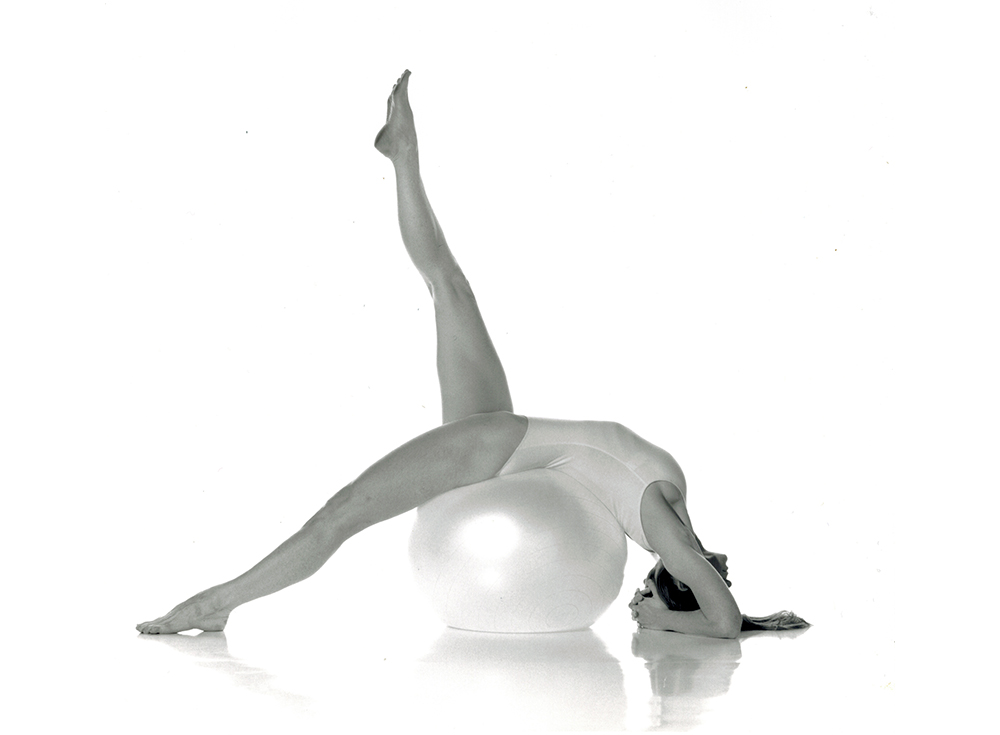
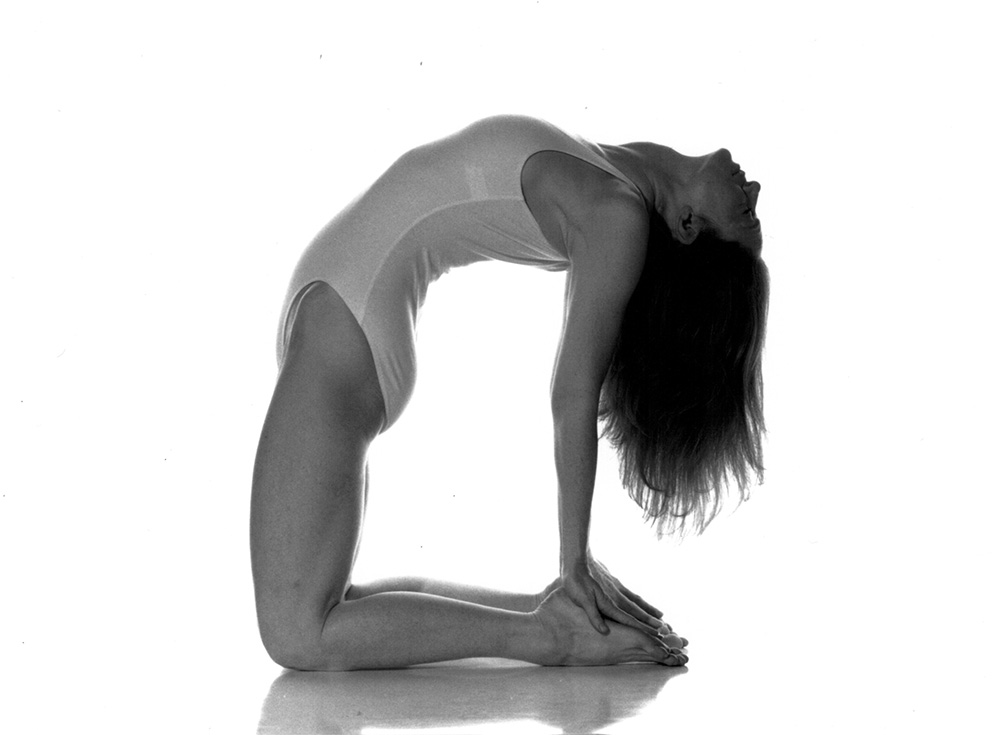
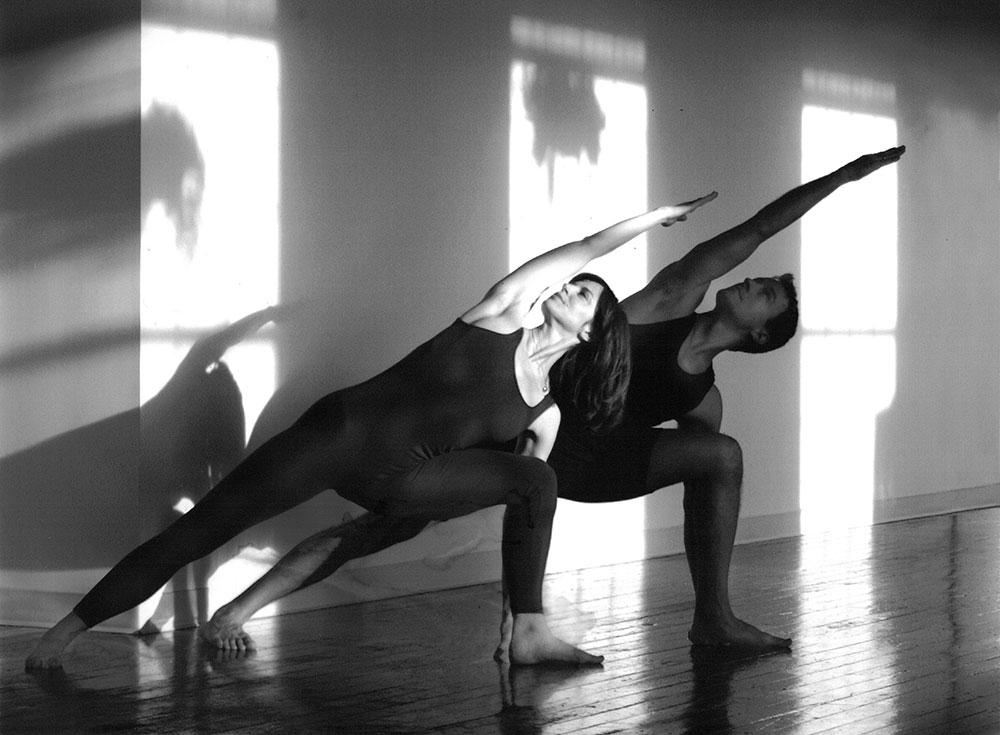
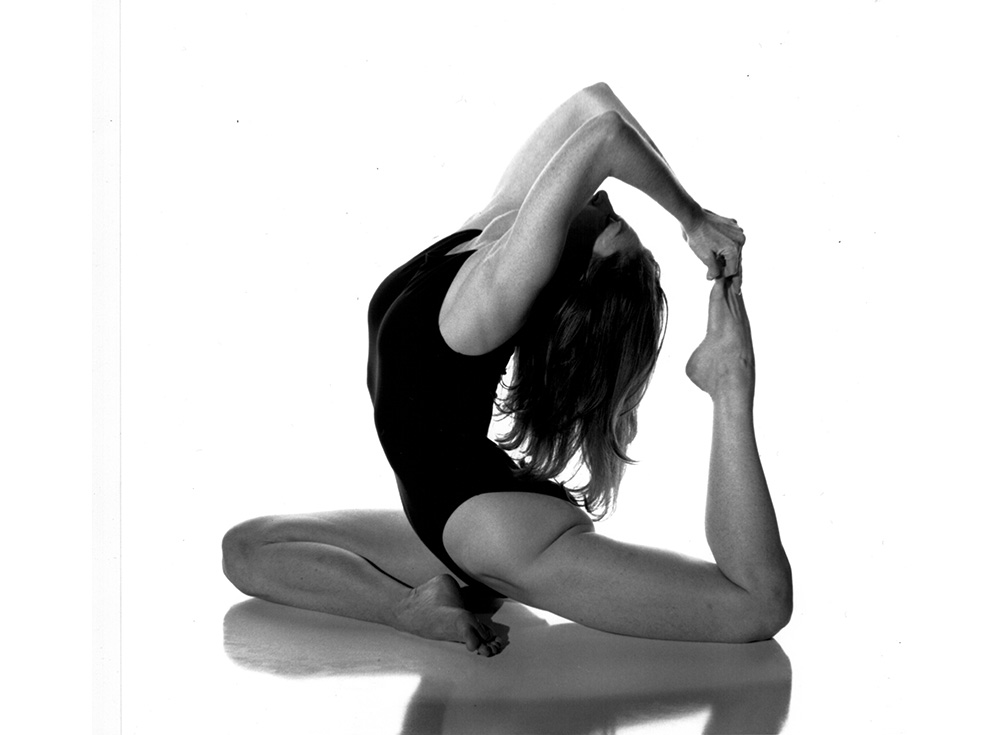
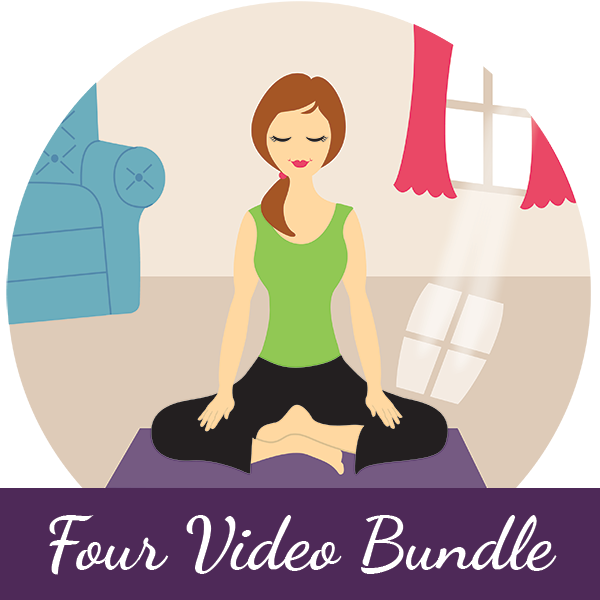
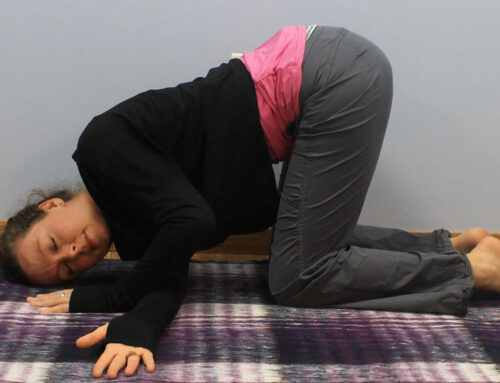
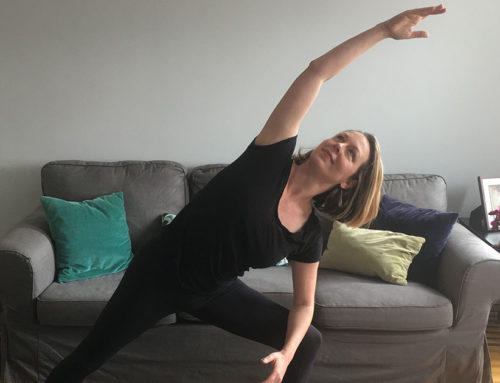
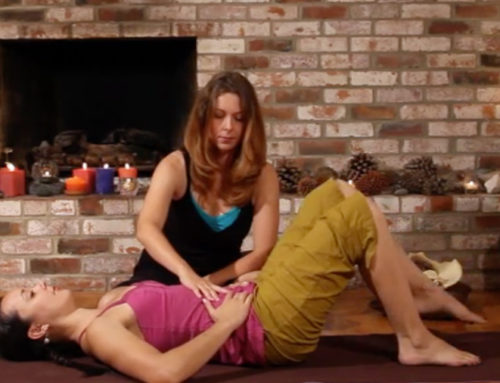
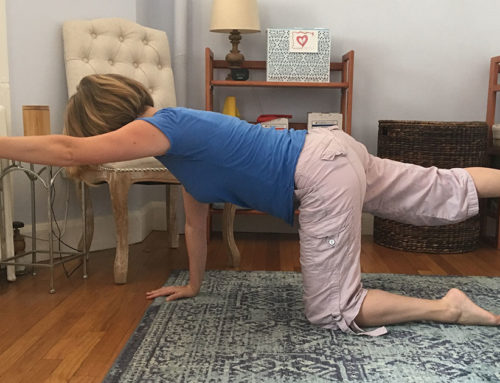
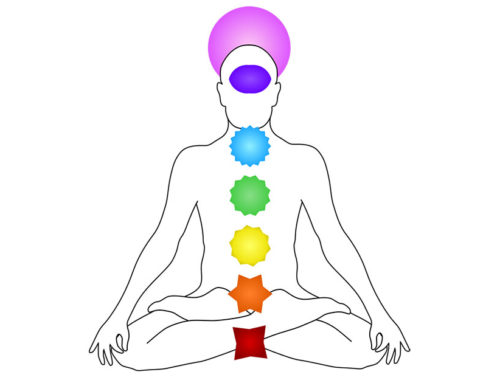
Wonderful story! Thanks for sharing
I’m so glad you found it inspiring! I certainly did!